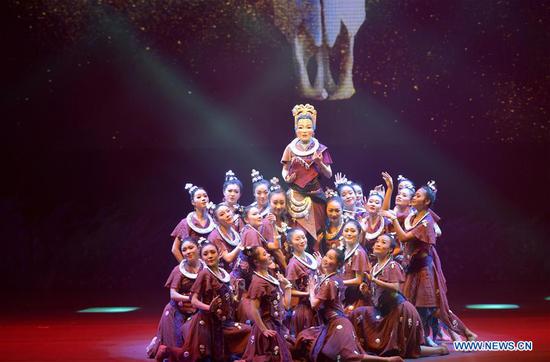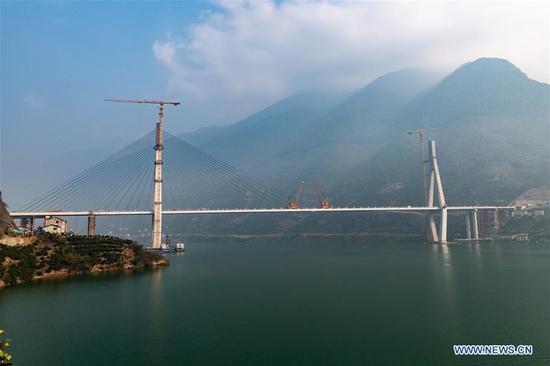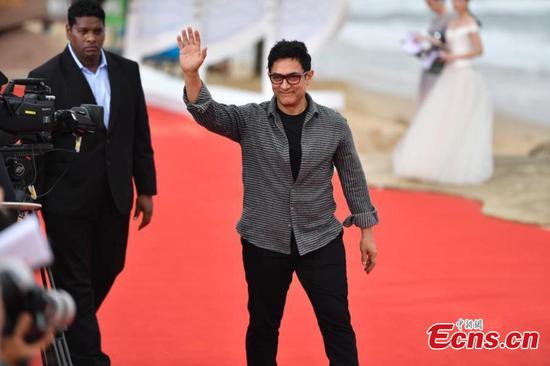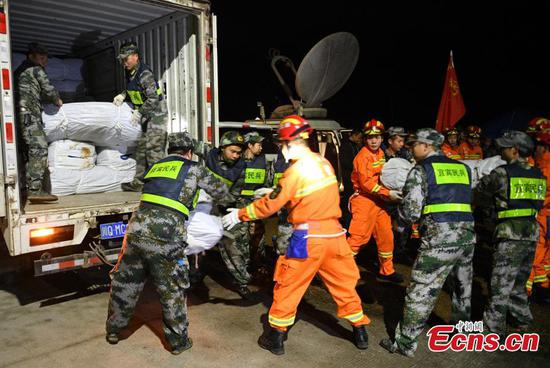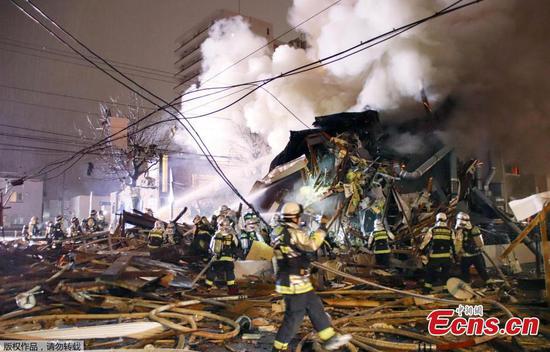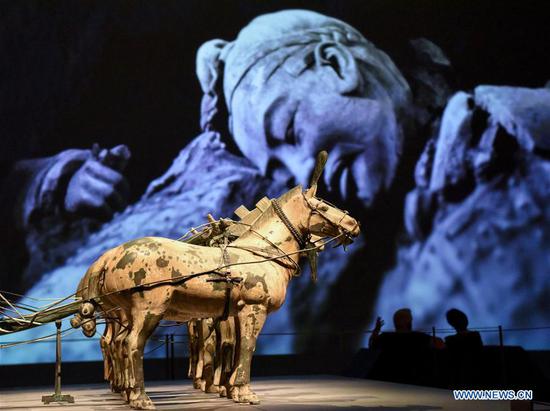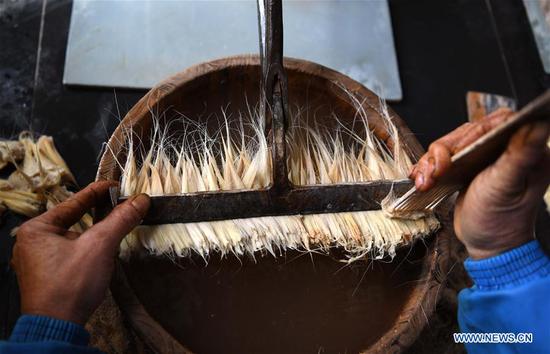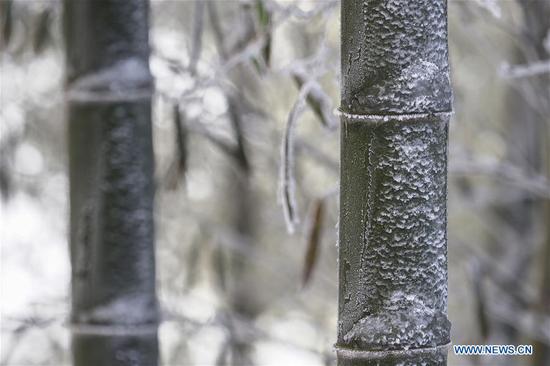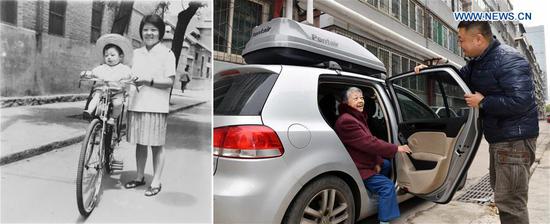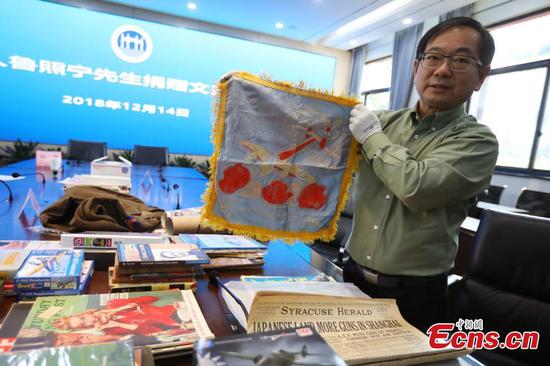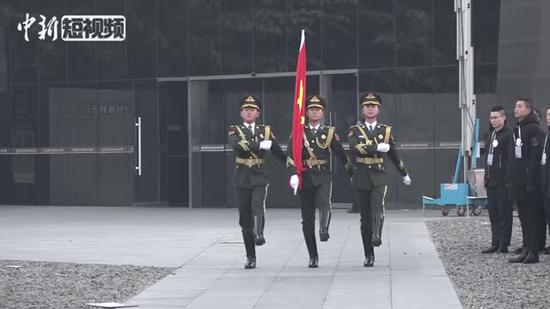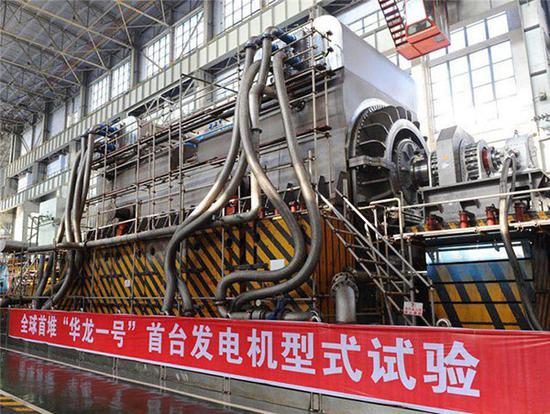
Hualong One nuclear reactor completed tests in Fujian province, Nov. 6, 2017. (Photo/Xinhua)
Mao Xidao, the 41-year-old chief engineer of Hualong One, China's self-developed third-generation reactor, told the Global Times that his love for the industry grew as he got to know more and more about it.
With the launch of the reform and opening-up in the late 70's, China's nuclear industry entered a new era of diversification to shift from military toward civil products.
The Chinese mainland started to build its first nuclear power plant, Qinshan Nuclear Power Plant, in 1985. The project is 100 percent built and operated by China National Nuclear Corporation (CNNC), where Mao works since 1999.
He noted that although lacked its own standard for nuclear power industry in early 80's, China has reached world leading level in the industry now with the birth of Hualong One.
The reactor made fully use of advanced nuclear technology at home and abroad. It combined active and passive safeguards together based on the country's over thirty years' experience in building and operating nuclear power plants.
Such kind of safeguard system is developed after the Fukushima Nuclear Power Plant accident in 2011, according to Mao, who was be appointed as the leader to improve all ongoing CNNC projects after the accident.
"In fact, we were ready to start the construction of Hualong One at that time, but could only suspend and go back to review the design again after the historic accident occurred," Mao said.
Not only Hualong One, the country suspended all plants under construction after the accident.
Direct reason for the accident is that the reactor's cooling system failed after tsunami damaged emergency generator, which led to a nuclear meltdown, Mao explained.
Thus Mao and his team came up with the idea to introduce passive safeguard measures in case of power failures.
It took about three years to improve the design and complete verification before Hualong One's first pilot project was launched in May 2015 in Southeast China's Fujian Province, which is estimated to be put into operation in 2020.
Mao predicted that "while it is normal for a nuclear power plant project to delay when building the first reactor, the Hualong One project will proceed smoothly as China has been continuously exploring and constructing nuclear power plants in the past more than 30 years, an advantage no other countries in the world can compare with."

Mao Xidao, the 41-year-old chief engineer of Hualong One, China's self-developed third-generation reactor, speaks to the Global Times in Beijing. (Photo: Global Times/Leng Shumei)
Speaking of the great improvement, Mao cannot help but sigh that "you cannot image how arrogant foreign partners can be to us in early days."
He recalled an episode he encountered in 2004 when he was in the Tianwan nuclear power project in East China's Jiangsu Province, the biggest technical and economic cooperation between China and Russia at that time.
"I found a kind of pipe supports supplied by the Russian side twisted during a daily check and went to ask them. But the Russians only shouted at me 'do you know how a pipe support works? If not, just go back to school and read more books.'" Mao said. However, it turned out that the Russian side made a mistake in their design.
CNNC founded the China Nuclear Power Engineering (CNPE) Co., Ltd. in December 2007 to promote the marketization of nuclear power industry.
After ten years of development, the CNPE is able to compete with traditional nuclear powers such as the US and France in international market, said Mao, who is now deputy director of the CNPE design management department.
The CNNC is working with Argentina and Saudi Arabia. "We are ready to provide them with the best products and services. We believe that Hualong One will succeed in the international market and serve as a new solution to the world's resource shortage," Mao said.
Looking toward the future of the country's nuclear power industry, Mao said it should be quite promising as every employee in the industry will persevere and make the greatest efforts.
It is these people's selfless dedication that helped China's nuclear power industry make great achievements in 40 years, Mao noted.















